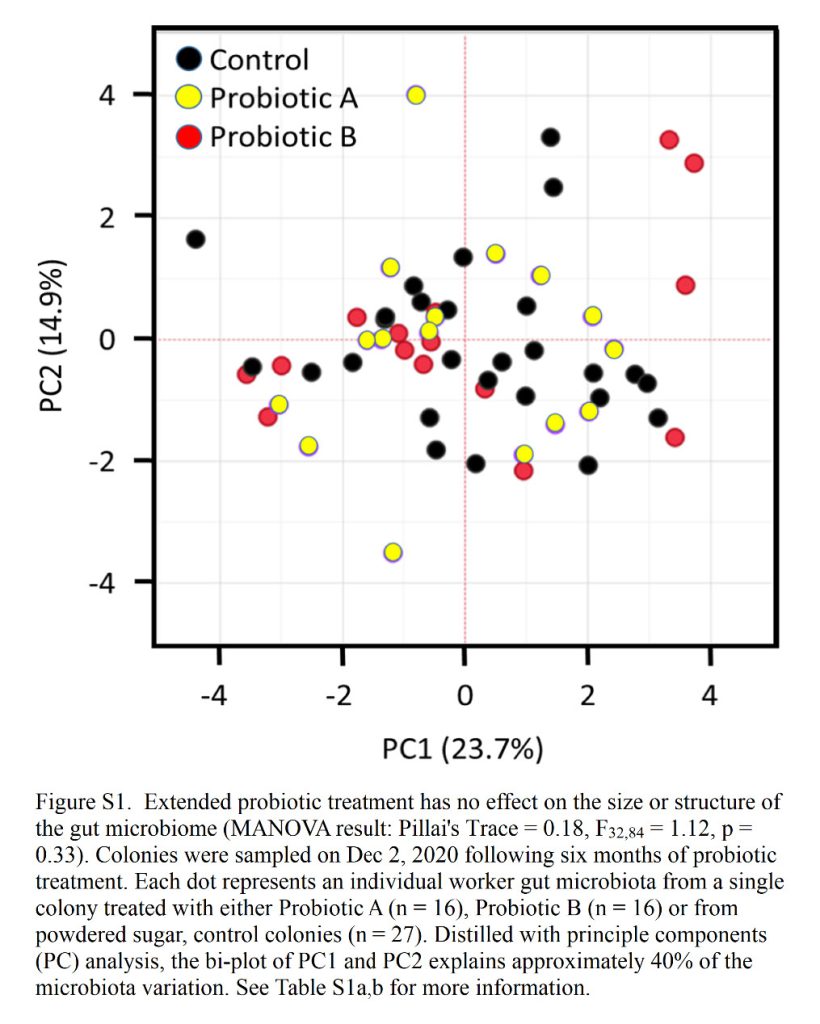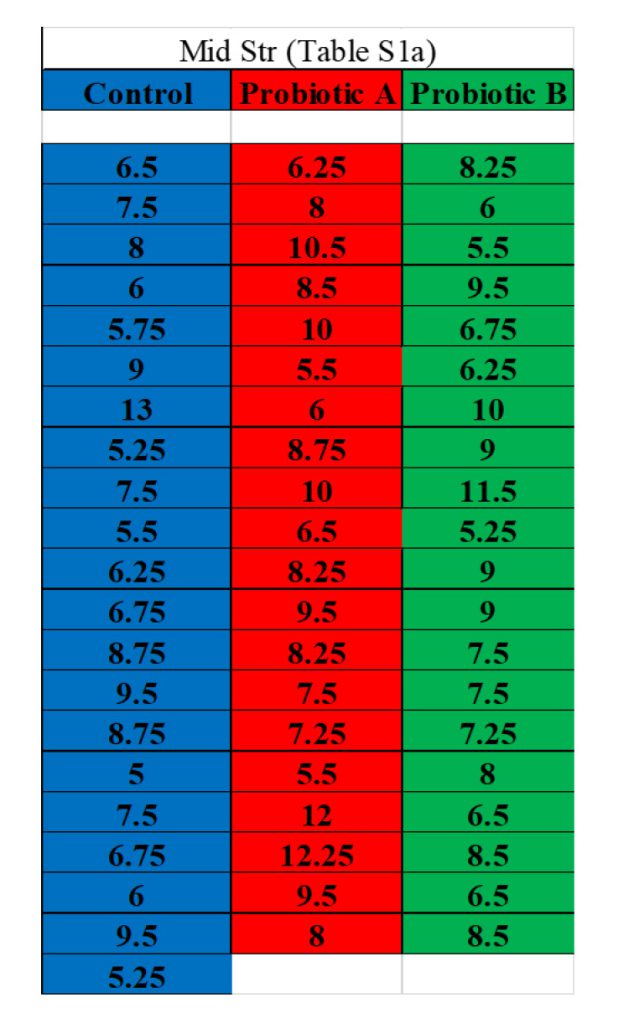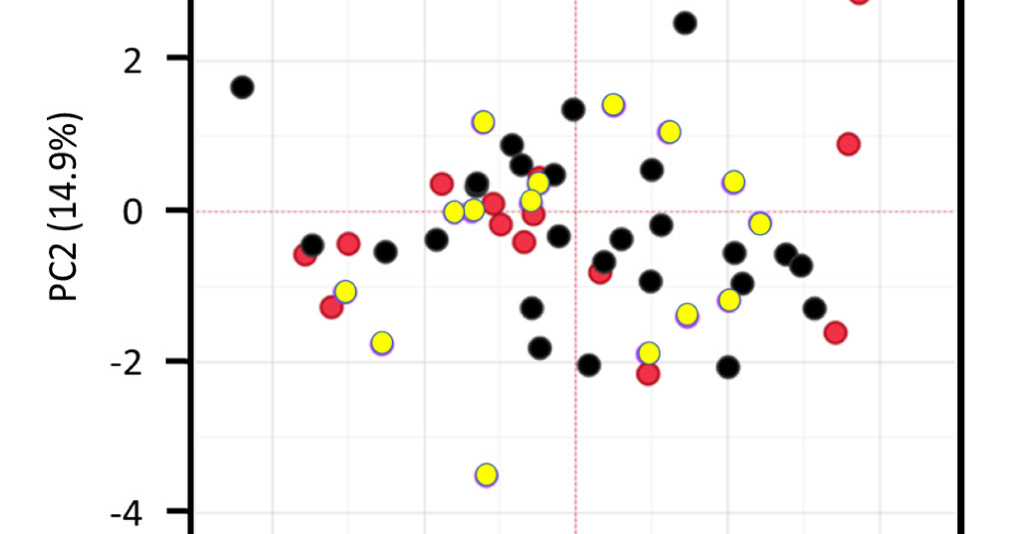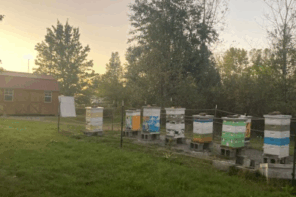Read along below!
By: Vera Strogolova
A new research article was recently published about SuperDFM-HoneyBee™ probiotics (Anderson, K.E., Allen, N.O., Copeland, D.C. et al. A longitudinal field study of commercial honey bees shows that non-native probiotics do not rescue antibiotic treatment, and are generally not beneficial. Sci Rep 14, 1954 (2024)). The title of the article suggests that the SuperDFM-HoneyBee™ probiotic is generally not beneficial. A person has the right to their opinion. However, the data in this article paints a different picture – and critical data appears to have been deliberately excluded. This is a story of true regret. It’s a pity that important information is missing.
The setup of the study
The setup of the study was well thought out and ensured its success. Study location is a mountain forest area in California. Beescape, a web-based tool developed by Penn State University to evaluate apiary locations, gives the site a good rating for floral resources in the Spring and Summer. However, it indicates that this site receives no rainfall from June to October.
In the first part of the study, sixty-one or more honey bee colonies (there are inconsistencies in the exact number of colonies and the exclusion of some colonies for unknown reasons) were split into three groups. Colonies received either SuperDFM-HoneyBee™ (probiotic A), or ProDFM (probiotic B), or powdered sugar (control, C), once a month for five months (July, August, September, October and November 2020) (Supplemental Information Table S1c, Table S1d). ProDFM is a SuperDFM imitation made by Mann Lake Ltd.

In the second part of the study, in December 2020, the three groups were further divided. Some hives were given antibiotics (Tylosin or Oxytetracycline), followed once by probiotics. The bees were then sampled for microbiome analysis. The study authors observed marked microbiome disruption following administration of antibiotics. The data collected after the antibiotic treatment do not show an effect of the probiotic.
One limitation of the study is that the groups were very small, making it impossible to detect treatment effects. Splitting treatment groups made the group sizes so small, that some groups ended up with only two colonies. This prevented the results from reaching statistical significance. For example, black queen cell virus (BQCV) levels were higher in colonies treated with antibiotics, but not enough control colonies were used to draw a definite conclusion.
The effect on microbiome
The researchers sequenced bacteria in 240 individual hindguts to characterize the overall gut microbiome. Figures 1, 2, 3 and 4 in the article show changes in the gut microbiota as a result of antibiotic treatment. In contrast, in the main part of the article there are no figures showing the effects of probiotic treatment. Any data on probiotic treatment are either missing or hidden in twenty-two supplemental tables and figures. We must look at these Supplementary Tables and Figures to understand the study’s findings.
Figure S1 shows that long-term probiotic treatment had no effect on the microbiome: the black dots are the microbiomes of bees from control colonies. The yellow dots are the microbiomes of bees from colonies fed SuperDFM-HoneyBee™ for five months (for some unknown reason, the text says six months). Red dots are microbiomes of bees from colonies that received ProDFM. Although the black, yellow and red dots are not identical, their scattered distributions overlap, and no shifts are observed in the core components of the microbiome.
This result is exactly what one would expect and hope for. Probiotic treatment should never alter or disrupt the host microbiome. International Scientific Association on Probiotics and Prebiotics summarized this guidance for the probiotics industry: “A common misconception is that to be effective, a probiotic must impact the composition of your gut microbiota. Probiotics typically do not take up residence in your gut and may not evoke any detectable change in the microbes that are normally present. As they pass through the gut, probiotic (and the substances they produce) interact with immune cells, gut cells, dietary components in the gut and the microbes that live in our gut, and that’s how they exert their benefits.”
 What can we learn about the strength and survival of colonies?
What can we learn about the strength and survival of colonies?
Colony strength and survival are very important to beekeepers. One of the study’s authors is Mr. Randy Oliver of ScientificBeekeeping.com. According to his talk in early 2021, the colonies emerged from the Summer drought weaker than at the beginning of the Summer. Unfortunately, Mr. Oliver did not publish the raw data, making peer review impossible. The article does not discuss the effect of the probiotic on vigor of bee colonies, frames of bees or brood pattern. These parameters require more attention from researchers. Table S1a “Mid Str” lists raw data corresponding to colony strength in December, following five months of probiotic supplementation. From Table S1a it can be inferred that the colonies with probiotic A were 15% stronger than control colonies. However, for some unknown reason, these interesting observations were not discussed by the authors.
The main research question remains: Are probiotics effective?
Researchers have used molecular methods to detect diseases. The colonies were sampled on December 2nd, December 17th, December 26th and January 9th. Antibiotics were administered on December 7th and December 14th. Thus, testing has focused on outcomes after antibiotic use and recovery. There is a missed opportunity to analyze the effects of probiotics before using the antibiotics.
Why, if the study was focused on the effects of probiotic treatment, were the colonies not sampled until December 2nd? As a result, no health, pathogen or microbiome data were collected before or during the five-month probiotic supplementation. It is a pity that this long period (almost six months) was overlooked. This leaves so many questions unanswered. What was the colony strength before and after probiotics? What were the pathogen levels in July, August and September? The missing information could be valuable in truly answering the question of the effectiveness of probiotics. This is a serious flaw in the study and casts doubt on its conclusions.
In conclusion, we have learned that probiotics do not in any way disrupt the natural balance of the honey bee’s gut. Reading this study raises are serious questions about the impartiality of the authors and the missing data. I hope the authors of the study will address these by sharing more of the data from the study. For example, their data on colony strength indicates that the probiotics were working, which contradicts the title of the manuscript.
References
Anderson, K.E., Allen, N.O., Copeland, D.C. et al. A longitudinal field study of commercial honey bees shows that non-native probiotics do not rescue antibiotic treatment, and are generally not beneficial. Sci Rep 14, 1954 (2024). https://doi.org/10.1038/s41598-024-52118-z
Beescape: https://beescape.psu.edu/
ISAPPscience.org https://isappscience.org/wp-content/uploads/2023/04/Dispelling-Probiotic-Myths.pdf International Scientific Association for Probioics and Prebiotics. 2018










